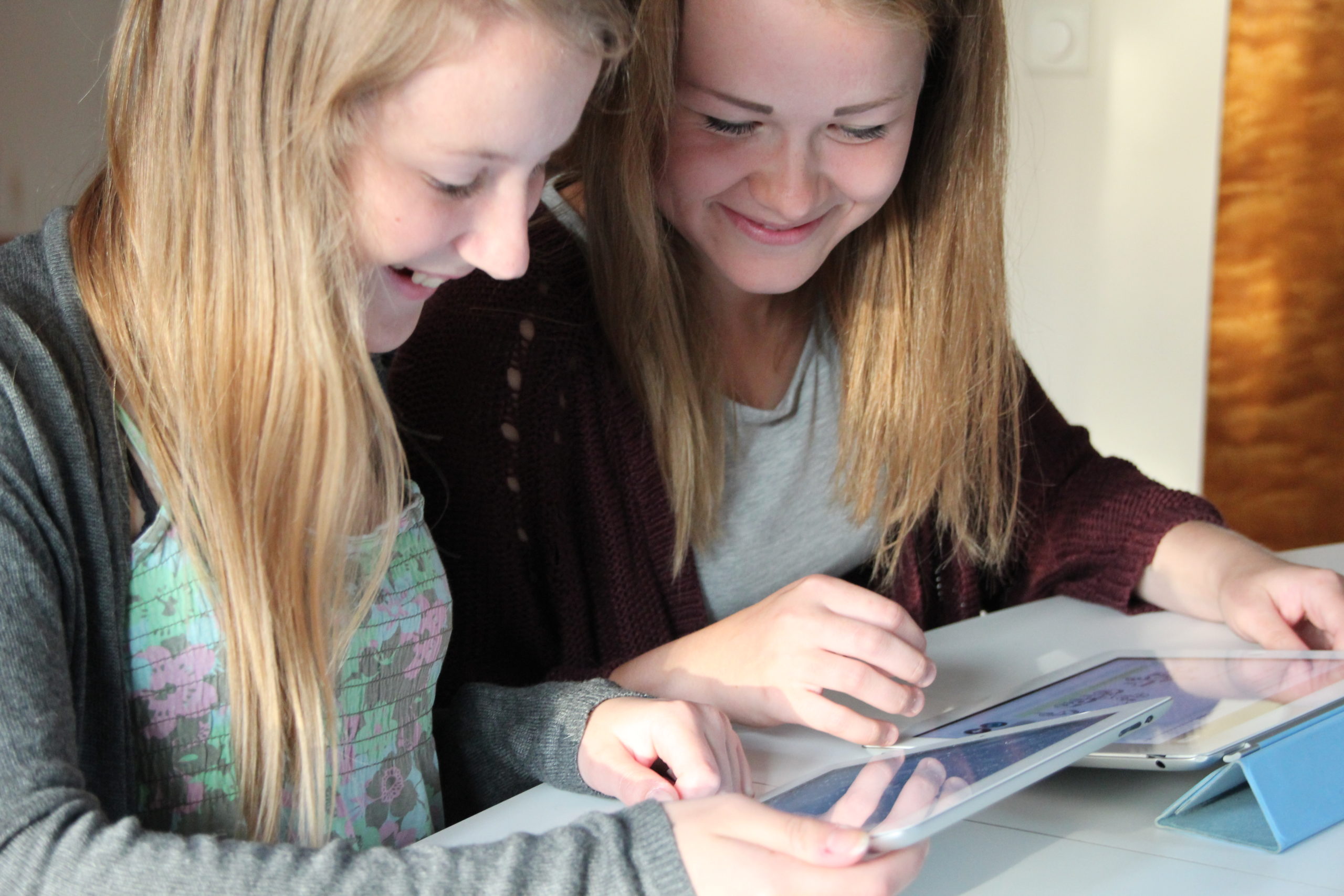“Students aren’t using their brains – everything is repeated”, observed Maarit Rossi, a Global Teacher Award finalist, when working as a mathematics teacher. We sat down with Rossi to discuss modern mathematics education and how children are motivated through inquiry-based learning.
Student-centred teaching as a base for everything
In most schools, mathematics is taught in a traditional way – a teacher stands in front of the class and students repeat formulas from the board. This method is suited for only a small percentage of students when most children find it boring. When working as a teacher in 1990’s, Maarit Rossi noticed the students lack motivation in mathematics. Together with her colleague Katri Espo they started to develop new methods to include students in the classroom. Today the company based on those methods, Paths to Math, helps students and teachers to get excited about the mathematical world.
How does one then motivate the children to learn mathematics? Unlike in the traditional teaching methods, deeper student participation in the class and implementing math calculations to real life situations is the main aim. Students get to be more active while the teacher is mentoring and guiding the class. Change in attitude is the key. When asked about the differences between Paths to Math -method and traditional way, Rossi answers: “The whole learning is much more interesting and versatile.”
Rossi tells an example from a mathematics class where students, as a group, estimate the prices of the products and then compare the estimations in a real shop. The students are given more space for independent thinking and something tangible to work with. “Students get fascinated by how good they are – and by how it is their math and not the teacher’s.” In addition to feeling capable, the students learn cooperation and are more willing to hear the mathematical theory behind the calculations.
Gaining confidence through inquiry-based learning
Rossi has seen a positive change of attitude in the students by encouraging them to ask, use and talk mathematics. When children feel free to experience, inquire and fail, they feel safe to push the boundaries of “normal” and “impossible”. Rossi stresses the importance of constructive feedback. We all want recognition from a job well done, children aren’t any different.
Rossi sees that the inclusive way of teaching is beneficial for several type of learners. Individuals who enjoy active learning are allowed to move in the classroom, and usually the more silent students become confident to voice their opinions. Especially girls are more likely to continue mathematical studies when they are motivated to test their theories in practice. “Overall the students gain confidence to think about what kind of studies they want (to focus on) later. So that the girls are not only nurturing and the boys engineering”, concludes Rossi.
Teachers in the position of students
The change in the classrooms wouldn’t be possible without the teachers. “If the teacher’s attitude doesn’t change, you change nothing in the classroom”, declares Maarit Rossi. The people she trains are searching for alternative teaching methods, and are willing to look at mathematics from a different perspective. She sees the same joy, amusement and wonder both in her students and in the teachers. The teachers are in the position of the students and thus can later relate to the students in the classroom.
The teachers’ training process to the Paths to Math -method is very inclusive. In addition to gaining knowledge about practical methods, teachers get access to the mathematics book series and teacher materials, which support the objectives of the method. The significant process of localizing the methods is always executed in cooperation with the local teachers.
Paths to Math is official partner of Polar Partners.
Written by Polar Partners’ Marketing intern Juliaana Kärkkäinen
